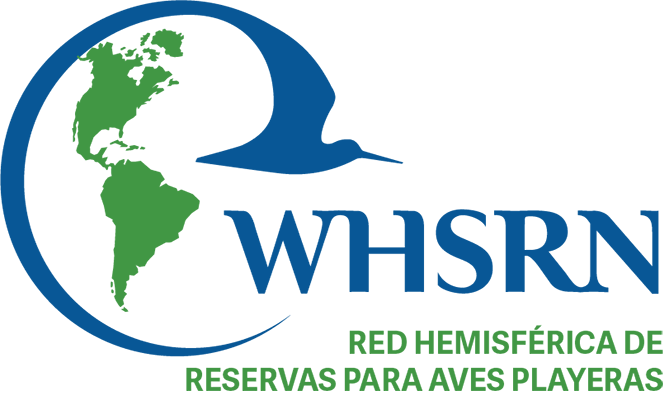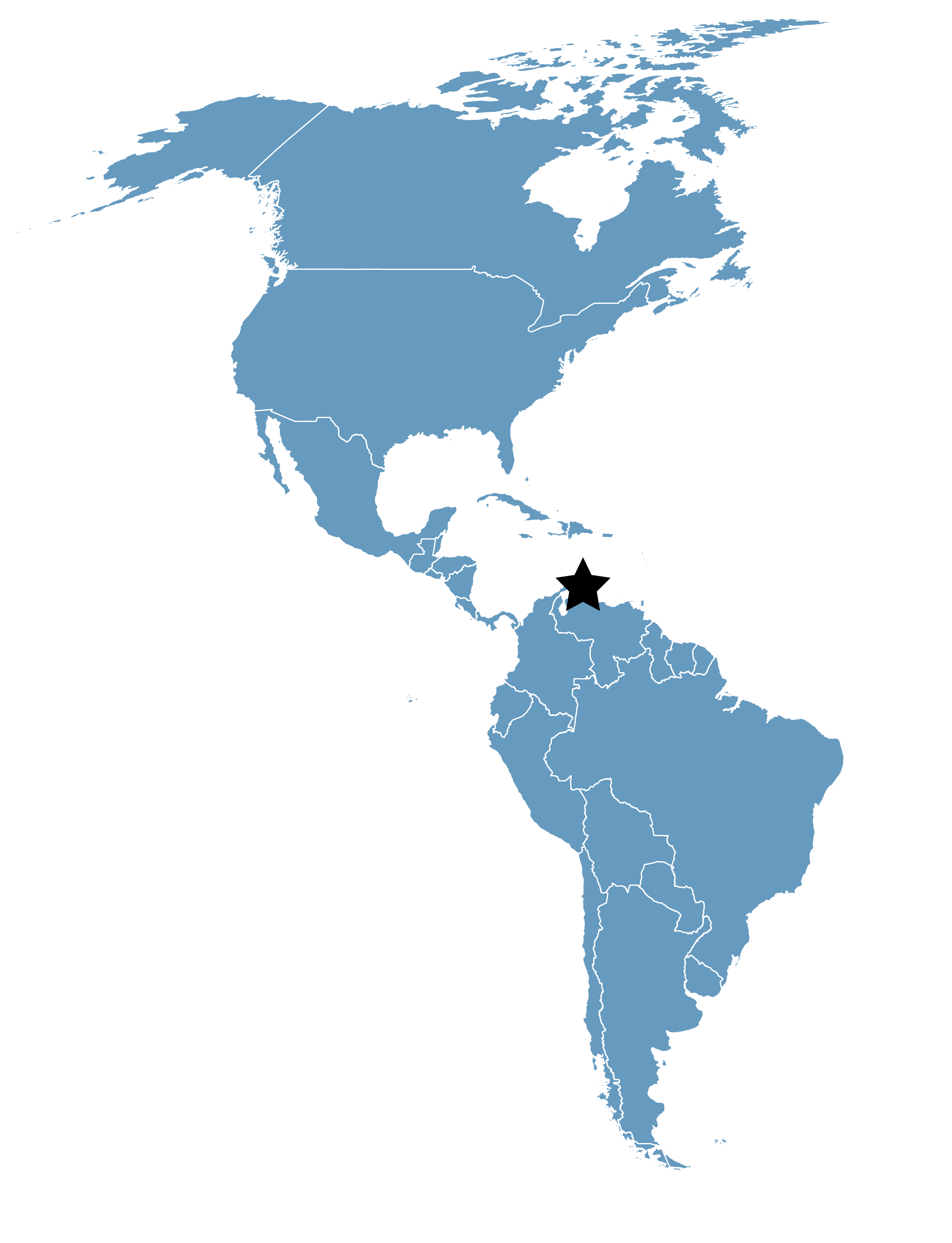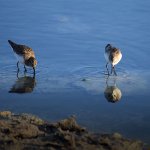Cargill Salt Ponds Bonaire
Location
Bonaire, Netherlands
Category
Regional
Basis for Designation
Supports 20,000 shorebirds annually, including includes at least 1% of the biogeographic population of Short-billed Dowitcher (Limnodromus griseus griseus/hendersoni) and rufa Red Knot (Calidris canutus rufa).
Size
3,700 hectares (9,143 acres)
Date Designated
April 2018
Site Owner
Cargill Salt Bonaire B.V.
Site Partners
Cargill Salt Bonaire
BirdsCaribbean
Overview
Cargill Salt Ponds Bonaire is a privately-owned salt production facility at the southern end of Bonaire, owned by Cargill Salt Bonaire B.V. The site comprises 3,700 hectares, 2,700 of which are artificial wetlands – primarily solar evaporation ponds for salt extraction. Brine shrimp fill the ponds, and the dike roads between them are covered with brine flies, a crucial food source that attracts thousands of shorebirds to the harsh landscape between these mountains of salt.
More than 20,000 shorebirds of 17 different species visit this large wetland complex every year. This large concentration of shorebirds includes at least 1% of the biogeographic population of Short-billed Dowitcher (Limnodromus griseus griseus/hendersoni) and the threatened rufa subspecies of Red Knot (Calidris canutus rufa).
The salt ponds support large numbers of several other species of migratory shorebirds, including Semipalmated Sandpiper (Calidris pusilla), Least Sandpiper (Calidris minutilla), Stilt Sandpiper (Calidris himantopus), Semipalmated Plover (Charadrius semipalmatus), and Sanderling (Calidris alba). Significant numbers of Snowy Plovers are also found regularly at the site, likely a combination of migrants (nominate Charadrius nivosus) and resident birds belonging to the Caribbean breeding subspecies (C. n. tenuirostris). The area is the only known nesting area on Bonaire for the Royal Tern (Sterna maximus), and also supports one of the most important American Flamingo (Phoenicopterus ruber ruber) nesting colonies in the Caribbean.








